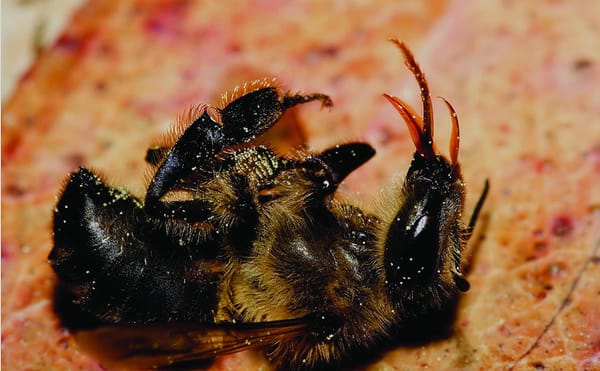Inside the Collider: a review of the new exhibition
You’re very lucky to see this,” a professor with a bright orange waistcoat and bow tie tells us. “Usually, only scientists are allowed at internal meetings.”
You’re very lucky to see this,” a professor with a bright orange waistcoat and bow tie tells us. “Usually, only scientists are allowed at internal meetings.” We were sat in a mock up of CERN’s lecture theatre; projected on the wall were the professor and other attendees. I don’t know if anyone at CERN actually dresses like that, but the eccentric academic image is charming and not too innacurate. This is the introduction to Collider: a reconstruction of the meeting where the observation of the Higgs boson was first announced, at the Sceience Musuem. The professor, the particle beam controller and two PhD students talk us through the days leading up to the announcement, interspersed with descriptions of the Large Hadron Collider and a history going back to J.J. Thompson’s discovery of the electron: his own cathode ray tube is one of the exhibition pieces. There’s even a cameo appearance from Brian Cox as a coffe-running intern. The story is a personal rather than technical one, focussing on the friendly rivalry between the ATLAS and CMS experiments and the sheer anticipation and excitement that come with each unblinding – the name given to the revelation of collision data to a researcher, done only after the analytical methods had been determined to eliminate bias. One of the students reveals that she’s giving the presentation – she was the one who first saw the Higgs after the unblinding. Even watching a reconstruction, I could feel the tension – the collective effort of 10,000 engineers and scientists over ten years, working to prove a theory first published half a century ago. We’re shown a clip from the real announcement before the professor invites us to see the LHC tunnel, ushering us in to the rest of the exhibition. A twisted entrance simulates the lift ride down, and we’re brought to a curved corridor where pieces of the accelerator are on display along with quirky whiteboards that explain the theory behind the hunt for the Higgs. A circular room hosts a huge projected wireframe simulation of beam acceleration and particle collison, awesome in scale and a little dizzying. Protons are represented as balls covered in cute yellow fur – a decision made under guidance from researchers from CERN, who have collaborated to develop the exhibition. Finally, we enter a model of the CERN offices, where a video shows us the PhD student from the introductory lecture in the minutes just before and after the unblinding. Once again, the feeling of the discovery is captured – but the actual excitement was far greater, as we were told by the actual student who first saw the particle, also a guest at the premiere. The exhibition corridor I found a little underwhelming compared to the videos, but as a science student who already knows most of the facts, that’s to be expected. Aimed at adults and teenagers, children might be bored by the displays which don’t offer any interactivity. This is an exhibition to bring visiting parents along to, for both technical information and the human story behind the Higgs boson search.






